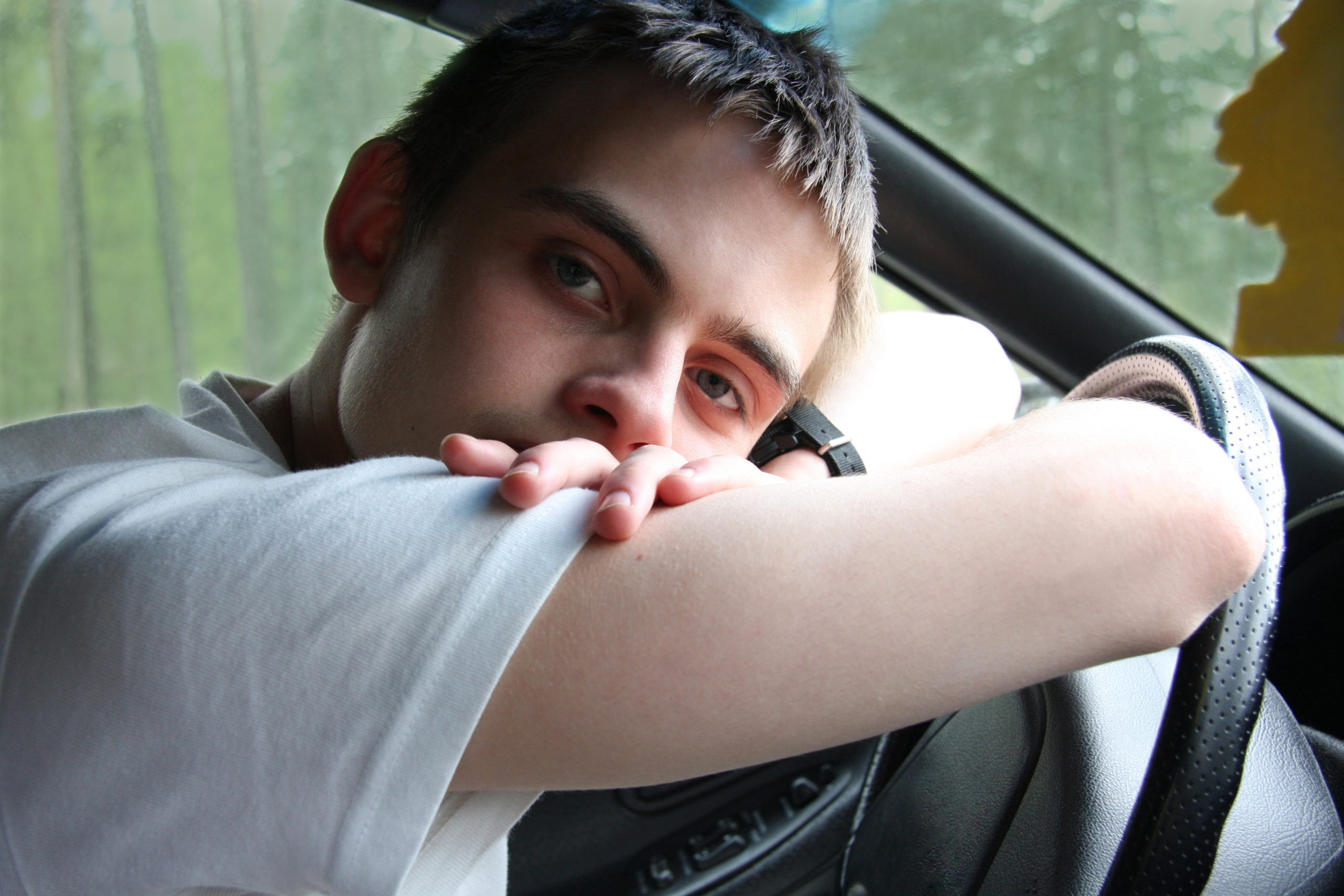A new study suggests that teen drivers who start class earlier in the morning are involved in more car accidents than peers with a later school start time.
The study analyzed data from the Virginia Department of Motor Vehicles. It compared teen crash rates in two nearby counties during two school years. One county had a high school start time of 7:20 a.m. Classes in the other county began at 8:45 a.m.
Results show that the school day crash rate for teen drivers was much higher in the county with the early school start time. These teens were involved in more than 520 accidents per school year.
The results are no surprise to Dr. Timothy Morgenthaler. He is president of the American Academy of Sleep Medicine and a spokesperson for the National Healthy Sleep Awareness Project.
“When high school classes begin early in the morning, we ask teens to shine when their biological clock tells them to sleep,” said Dr. Morgenthaler. “Many do not get adequate sleep as a result.”
The Healthy Sleep Project recommends that teens get a little more than nine hours of nightly sleep for optimal alertness. But CDC data show that 68 percent of teens report sleeping less than eight hours on an average school night.
Early school start times are partly to blame. It is important that parents and local school boards work together to implement smarter school start times. This will allow teens to get the healthy sleep they need to meet their full potential.
Recently the Healthy Sleep Project launched the “Awake at the Wheel” campaign. The goal is to increase public awareness of the risks of drowsy driving.
It is estimated that drowsy driving causes 6,400 fatal crashes on U.S. roads each year. The rate of drowsy driving crashes is highest among drivers between the ages of 16 and 24 years.
Do your part to help teens stay “Awake at the Wheel” and safe on the road.
Learn more about the study in the Journal of Clinical Sleep Medicine: Adolescent Crash Rates and School Start Times in Two Central Virginia Counties, 2009-2011: A Follow-up Study to a Southeastern Virginia Study, 2007-2008.





